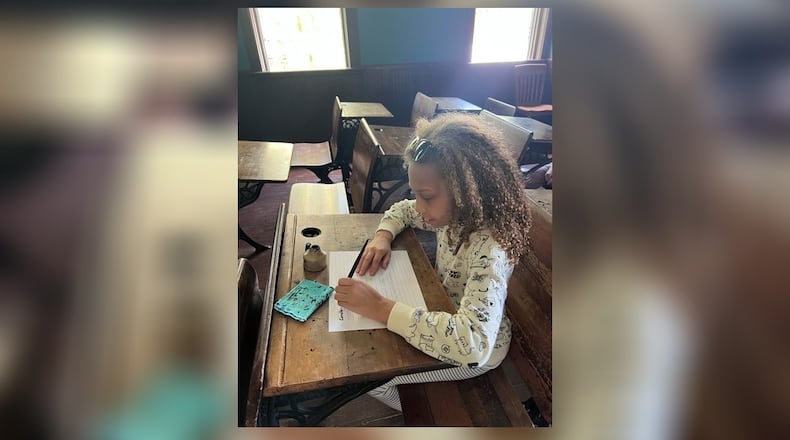Our daughter is neurodivergent, and while we knew the traditional classroom might bring challenges, we believed with the right support she would be able to thrive. In preschool and kindergarten we managed thanks to extraordinary teachers who went above and beyond to meet her where she was.
Still, it often felt like trying to fit a square peg into a round hole.
By first grade, the cracks in the system grew too wide to ignore. The teachers’ flexibility disappeared, the supports fell short, and our daughter began to struggle in heartbreaking ways. She stopped eating. She wasn’t sleeping.
She began having behavior problems in class. She was placed on heavy medications, yet nothing seemed to help.
Eventually, she was being sent repeatedly to the “reflection room,” a disciplinary space that only deepened her stress.
As parents, we agonized over what to do. Night after night we talked, weighed options and second-guessed ourselves. The truth became unavoidable: the traditional school setting was never going to be able to meet her needs.
I was fortunate to work from home and to have the background and flexibility to teach her myself so with equal parts determination and panic, we made the decision to withdraw her and begin homeschooling. I researched endlessly, hunted for resources, and in my eagerness that first year, I even transformed our living room into a makeshift classroom with desks, schedules and a chalkboard.
Looking back, it wasn’t necessary. Homeschooling doesn’t have to mimic traditional school, but at the time, I clung to the structure because I wanted so badly to get it right.
To our surprise, homeschooling was not as daunting as it seemed. Hard work, yes but nothing compared to the constant stress we had endured in the mainstream system. Turns out we are far from alone in this decision. According to state estimates, more than 50,000 Ohio students are homeschooled each year, a number that has grown steadily over the past decade, with especially sharp increases since 2020. What once felt like stepping into uncharted territory turned out to be joining a thriving and well-connected community.
In Dayton alone, we discovered networks of homeschooling families, co-ops, and programs we never knew existed. Over time, that community has become our village.
Now, in third grade, our daughter is flourishing. She sleeps through the night. She eats. She is no longer on ADHD medications. Most importantly, she is learning in ways that honor who she is, rather than asking her to change to fit a system that was not built for her.
Homeschooling isn’t the right path for every family, but for us, it has made all the difference. Our daughter is happy, healthy, and thriving and that, in the end, is the only measure that matters.
A note about homeschooling in Ohio
Ohio is one of the more homeschool-friendly states in the country, making it relatively simple for families to begin. Parents are required to submit an annual notification to their local school district each August. In Ohio we have the flexibility to design an education that fits our child’s unique learning style and pace. There are numerous support networks, enrichment programs, and hybrid learning options across the state that make the process less intimidating and far more collaborative than many expect.
If you’re considering homeschooling or simply want to learn more, feel free to reach out. I’m always happy to share resources, answer questions, or help connect you with local groups that can support you on the journey.
About the Author


